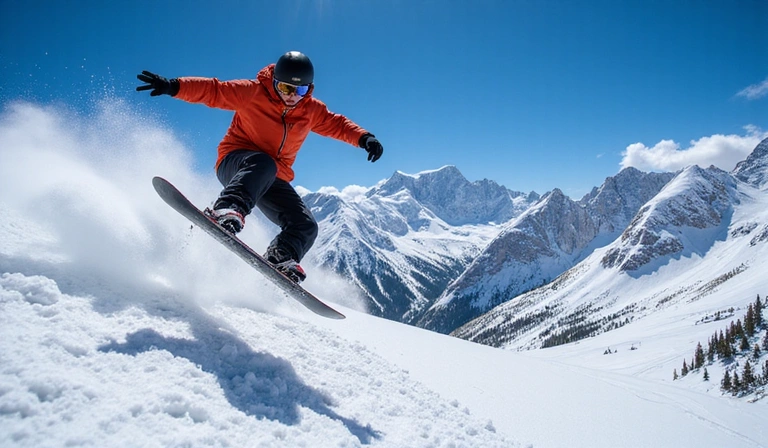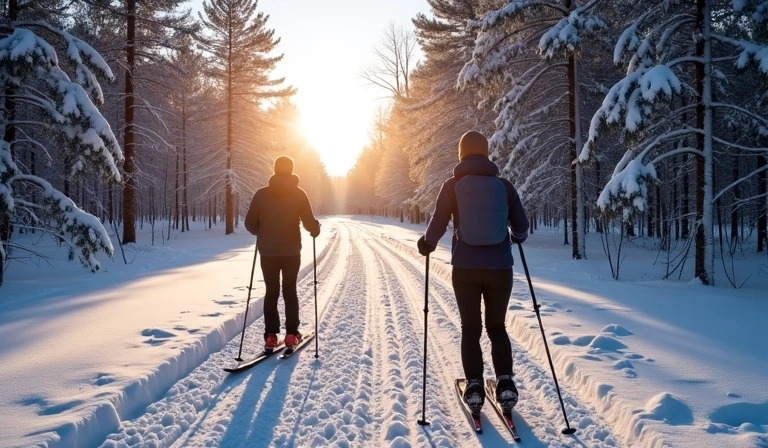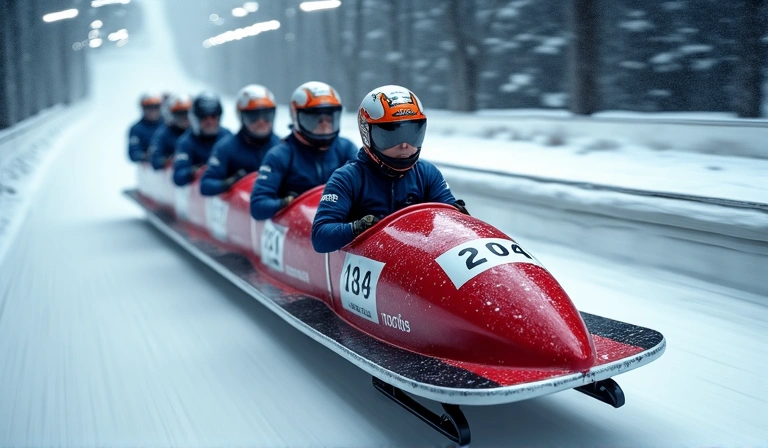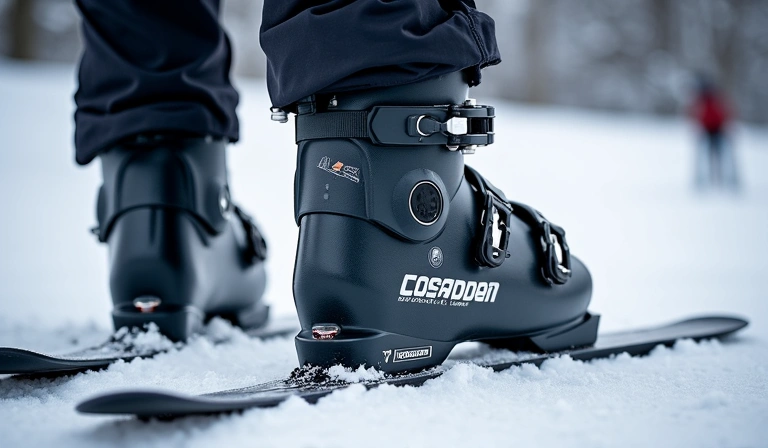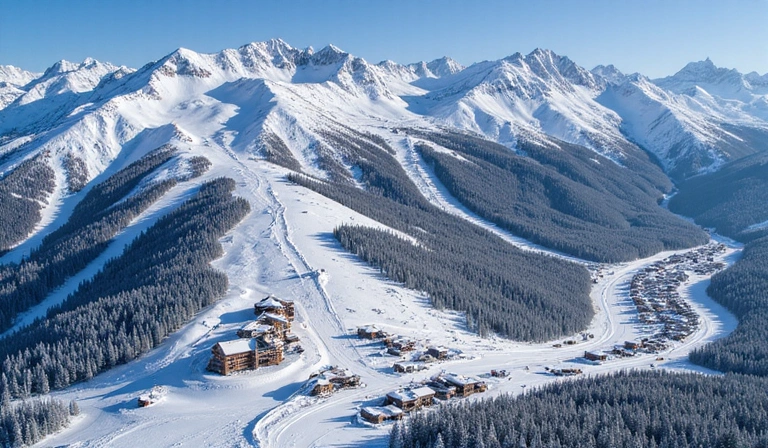Journey through time and explore the fascinating history of winter sports, from ancient origins to modern-day spectacles.
The Evolution of Skiing: From Survival to Sport
Skiing, in its most basic form, has been around for millennia. Early skis were not for sport but for survival, used by hunters and travelers in snow-bound regions of Scandinavia and Russia to traverse deep snow. Archaeological findings suggest that primitive skis date back as far as 8000-7000 BCE. These early skis were often long wooden planks, sometimes covered with animal skins to provide grip on uphill climbs.
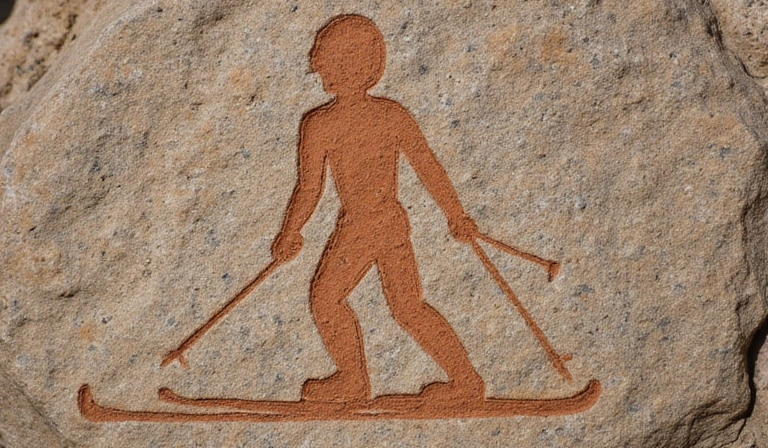
It wasn't until the mid-19th century that skiing began its transformation into a recreational activity and sport. The pioneering efforts came from Norway, particularly the Telemark region, where Sondre Norheim is credited with popularizing the "Telemark turn" and designing skis with sidecuts, making them easier to turn. This innovation, along with the development of bindings that secured the heel, laid the groundwork for modern skiing.
The Birth of Competitive Winter Sports
The late 19th and early 20th centuries saw the formalization of competitive winter sports. Ski jumping and Nordic combined emerged as popular disciplines, showcasing athletic prowess and daring. The first Winter Olympic Games, held in Chamonix, France, in 1924, were a pivotal moment, bringing together various winter sports like figure skating, ice hockey, bobsleigh, and skiing disciplines onto a global stage. This event cemented winter sports' place in the international athletic calendar.
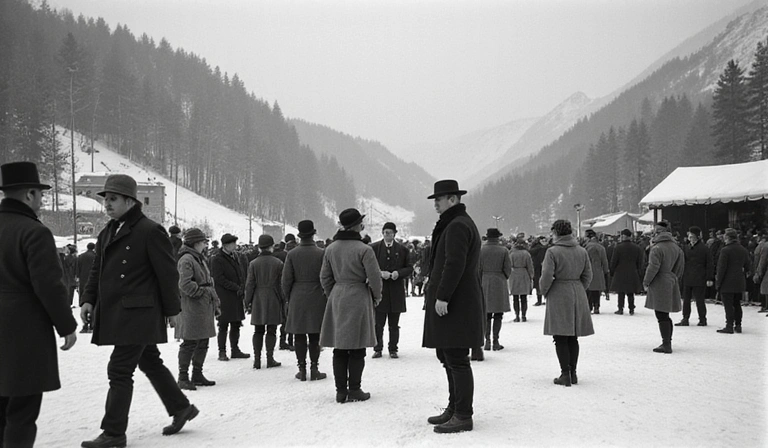
Over the decades, winter sports continued to evolve, giving rise to new disciplines like snowboarding in the mid-20th century, which initially faced resistance but eventually gained widespread acceptance and made its Olympic debut in 1998. The continuous development of equipment, techniques, and training methods has pushed the boundaries of what's possible, captivating audiences worldwide and inspiring new generations of athletes.
